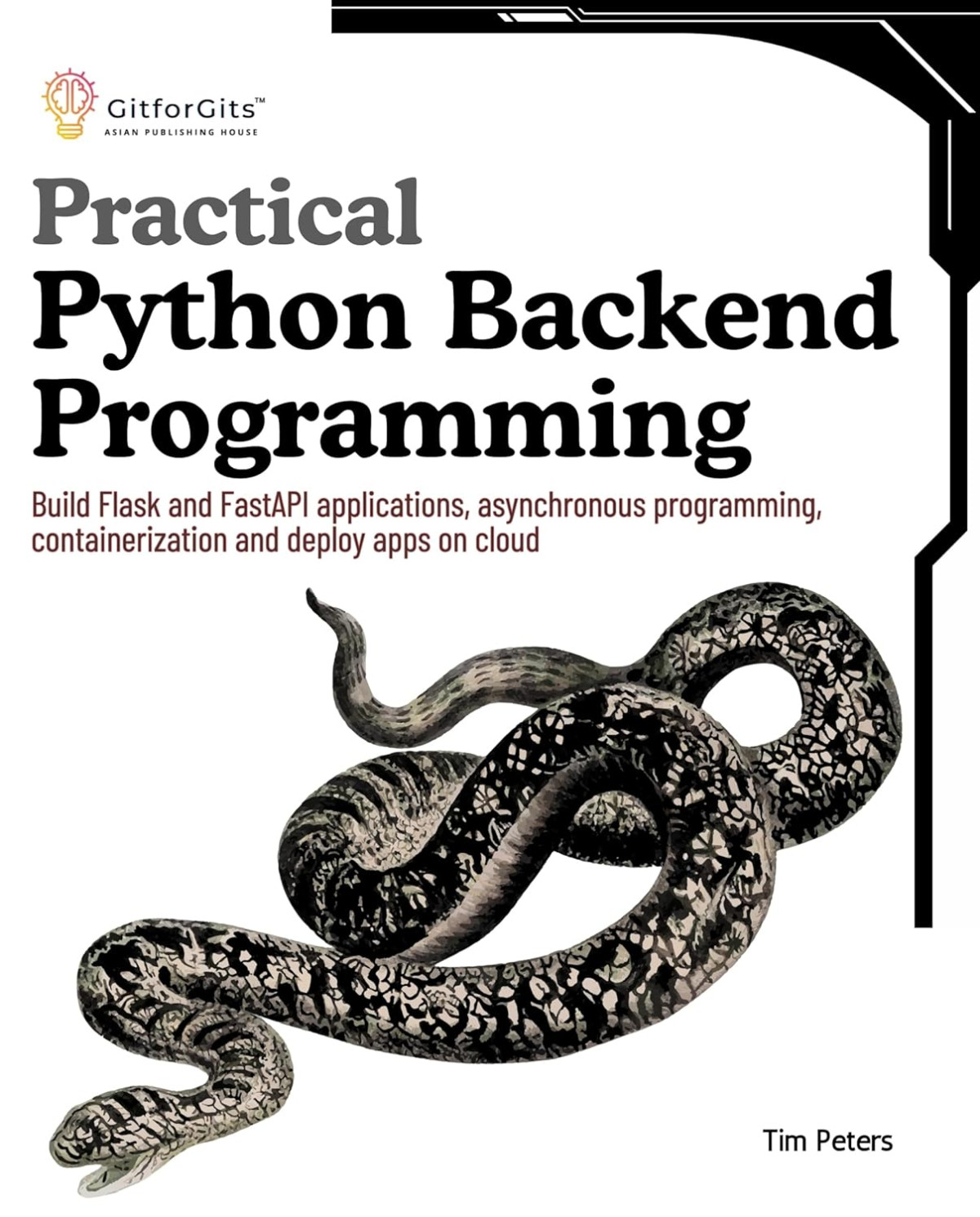

Most ebook files are in PDF format, so you can easily read them using various software such as Foxit Reader or directly on the Google Chrome browser.
Some ebook files are released by publishers in other formats such as .awz, .mobi, .epub, .fb2, etc. You may need to install specific software to read these formats on mobile/PC, such as Calibre.
Please read the tutorial at this link: https://ebookbell.com/faq
We offer FREE conversion to the popular formats you request; however, this may take some time. Therefore, right after payment, please email us, and we will try to provide the service as quickly as possible.
For some exceptional file formats or broken links (if any), please refrain from opening any disputes. Instead, email us first, and we will try to assist within a maximum of 6 hours.
EbookBell Team

4.1
10 reviewsThe book covers key topics in backend development, including how to set up stable development environments and how to use virtual environments for better dependency management. With this book, readers will have a firm grasp of Python programming with an emphasis on backend tasks by learning the language's syntax, data structures, and functions. The book teaches you to create and launch dynamic web apps by providing an in-depth look at web frameworks such as Flask and FastAPI. It teaches SQLAlchemy for efficient data handling and advanced database integration, and it shows to improve applications with databases like PostgreSQL, MySQL, and MongoDB. Strategies for managing concurrent operations and improving performance are also covered in the book, along with asynchronous programming in Python.
This book delves into various authentication methods, secure communication protocols such as HTTPS, and techniques to secure REST APIs. For efficient management of asynchronous tasks and real-time data processing, it also introduces message brokers such as RabbitMQ and Kafka. The book teaches its readers how to containerize apps and manage them on a large scale by integrating technologies like Docker and Kubernetes. It goes on to talk about how to use serverless architectures, how to use modern tools for continuous integration and deployment, and how to deploy apps to cloud platforms like AWS.